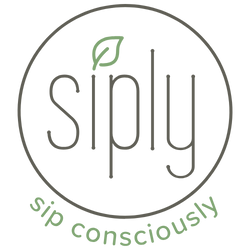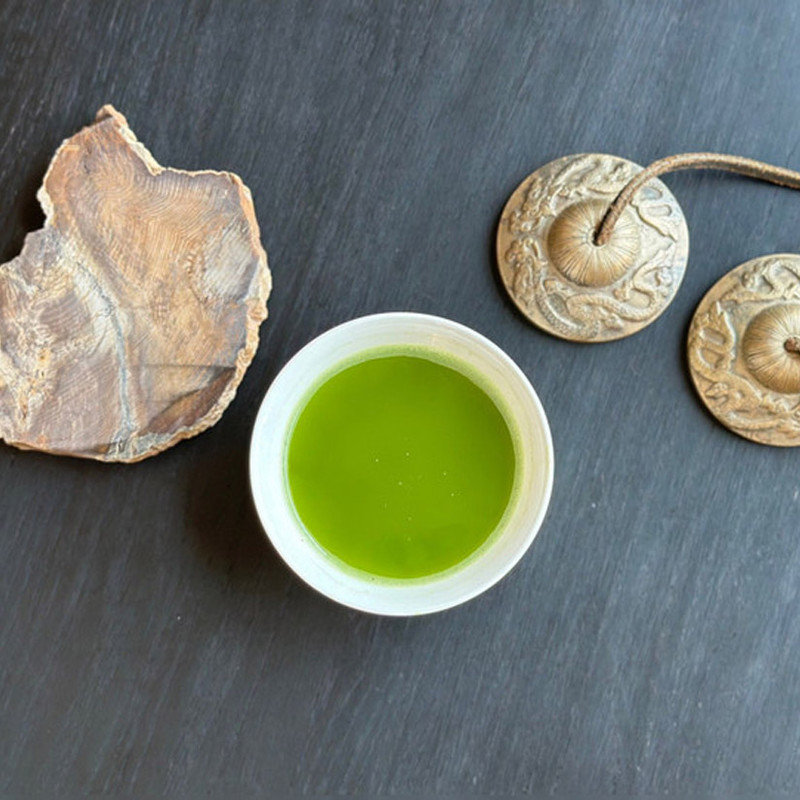For many of us, tea toxins aren’t our first thought when we reach for a warm cup. Tea is a ritual, a moment of calm in a hectic day, a little gift we give ourselves. But have you ever stopped to think about the journey those tea leaves took to land in your cup? Behind the comforting aroma and delicate flavors, there’s a story—a story of where your tea comes from, how it was grown, and who cared for it along the way.
At Siply, we are laser-focused on ensuring that every cup of tea you brew is both delicious and safe. From rigorous testing for harmful toxins to carefully curating our selection, we’re dedicated to providing you and your family with tea you can trust.
Understanding the origin of your tea is more than an intellectual exercise. It’s about flavor, culture, ethics, and even your health. Let’s dive into why knowing your tea’s story matters—and how it can elevate every sip you take.

Every Tea Has a Story: How to Avoid Tea Toxins
Every tea has a home, and that home shapes its character. Darjeeling tea from India whispers muscatel notes that feel like a secret told in twilight, while Ceylon tea from Sri Lanka offers brightness and body like sunshine on a clear morning. Oolong tea from China or Taiwan balances floral and roasted notes with an almost meditative complexity, while rooibos from South Africa offers a naturally sweet, earthy flavor that feels grounding and comforting. But the soil, climate, and care that cultivate these flavors are just the beginning.
The environment in which tea is grown also determines its safety. Research into green tea samples, for instance, has revealed health concerns about toxic chemicals like cadmium and aluminum that may be absorbed from contaminated soil. Mycotoxin contamination, including aflatoxin B1 and ochratoxin, has also been detected in teas improperly stored or grown in polluted areas. These findings are especially critical for young children, as their developing bodies may be more vulnerable to such toxins.
Spotlight on Tea Toxins: What’s Really in Your Cup?
Tea’s soothing reputation doesn’t always reflect the hidden risks in poorly sourced products. Here are some key toxins and concerns to watch out for:
- Pesticides and Tea Bag Pesticides
Many teas, especially non-organic ones, are sprayed with pesticides. Even the paper tea bags themselves can contain residues of plasticizers and other indirect additives that seep into your brew with hot water. - Mycotoxins
Many mycotoxins, such as aflatoxin B1 and ochratoxin, thrive in improperly stored teas. These toxins are dangerous and can cause long-term health problems. - Fluoride and Aluminum
Green tea and white tea are often lauded for their health benefits, but high fluoride amounts and aluminum contamination have raised concerns, especially with excessive or poorly sourced green tea consumption. - Artificial Flavoring
Some teas use artificial flavors to enhance taste, but these artificial flavorings can mask low-quality tea leaves and introduce unnecessary chemicals.
The Good News
The good news is that with a little effort, you can sip safely. Choosing organic loose-leaf tea, like the carefully curated selections from Siply, significantly reduces exposure to many harmful substances, from tea bag pesticides to mycotoxin contamination. Organic farming methods avoid synthetic pesticides and fertilizers, offering a cleaner, healthier option.
Green tea catechins, especially EGCG levels, remain a powerful draw for tea enthusiasts seeking antioxidant benefits. However, moderate intake is key to enjoying these benefits while avoiding potential fluoride concerns.
How to Choose the Safest Tea Brands
Here’s how to make sure your tea is as pure and delightful as it was meant to be:
- Look for Certifications: Organic and fair trade labels signal that your tea avoids toxic chemicals and supports ethical practices.
- Choose Loose-Leaf Tea: Organic loose-leaf tea not only offers superior flavor but also avoids the risks of paper tea bags and their plasticizers.
- Store Thoughtfully: Keep tea in a cool, dry place to prevent mycotoxin contamination and maintain its quality.
A quick sidenote on organic certifications
While organic certifications are a great indicator of clean, responsibly grown tea, not all farmers can afford the expensive certification process. Many small-scale farms still use organic and sustainable practices but choose to prioritize their resources elsewhere. This is why it’s essential to do a little research into the tea provider you trust—understanding the type of testing they perform or the farms they partner with can offer valuable insights into the quality and integrity of your tea.
Why Siply Stands Out
At Siply, we rigorously test all our teas for harmful substances like cadmium, mycotoxins, and pesticides. This ensures every blend—from green tea to oolong to rooibos—is safe for you and your family. By focusing on quality, safety, and flavor, we make it easy for you to enjoy tea as it was meant to be: pure, comforting, and worry-free.
So next time you brew a cup, take a moment to savor the story behind it. Choose wisely, sip safely, and enjoy the journey your tea offers. Remember that we prioritize both quality and safety. Opting for teas sourced from regions with rigorous agricultural standards or from farms that invest in sustainable practices ensures you’re sipping something clean and healthy. It’s not just about the taste—it’s about supporting a way of growing that respects the earth, the people working it, and your well-being.
Shop Siply Premium Teas
Looking for the perfect tea to gift yourself or a loved one this holiday season? Explore our thoughtfully curated collection of teas that prioritize quality, sustainability, and flavor. Shop now and give the gift of a cozy moment, wrapped in care and craftsmanship.


